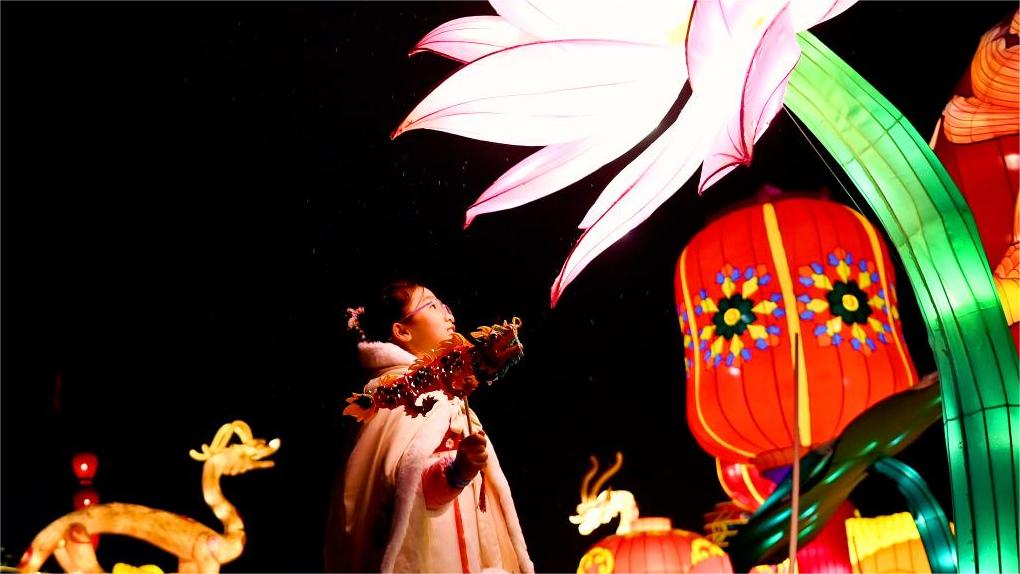Wondrous Xinjiang: Male Uygur embroiderer makes fortune from cultural heritage
URUMQI, Feb. 4 (Xinhua) -- As the traditional Chinese Lunar New Year approaches, Kader Rehman finds himself increasingly occupied in his embroidery workshop.
The 50-year-old Uygur man, with a team of over 30 people, has made a good fortune from Uygur embroidery, an intangible cultural heritage in China.
Born and raised in a rural family in Hami City of northwest China's Xinjiang Uygur Autonomous Region, Kader Rehman developed a passion for embroidery at an early age and proved to be quite talented at it. When he was just six, he independently made a paper-cutting work, which was later embroidered by his mother and sold to customers.
Embroidery, a traditional Chinese art form with rich regional characteristics, is customarily practiced by females. As the only male embroiderer in the village, Kader Rehman, for quite some time, was teased by his fellow villagers.
But this would not diminish his love for embroidery. Instead, he spent even more time improving his embroidery skills.
His hard work has paid off. The Hami Uygur embroidery which features patterns that combine various flowers including lotus and other beautiful elements was listed as an intangible cultural heritage of China in 2008. In the next year, Kader Rehman participated in the folk art exhibition with 10 embroidery works and received wide recognition.
"Since then, more and more people have come to know me," Kader Rehman said, adding that his life has substantially changed as more people came to buy his embroidery products.
Thanks to a training program initiated by the country, Kader Rehman became one of the first Xinjiang students to polish his embroidery skills in Guangzhou University, in south China's Guangdong Province.
"I was amazed by the embroidery skills in other parts of our homeland, especially those from Jiangsu Province in the east and Guizhou Province in southwest China," Kader Rehman said.
"The cultural essence behind the skills has also fascinated me," he added. "China is a country rich of cultures, and we can clearly see that from embroidery."
Returning to Xinjiang, Kader Rehman combined new skills with traditional embroidery to design more innovative works. So far, he has trained more than 3,000 students, and led a professional team to complete more than 1,000 orders every year.
Kader Rehman got rid of poverty from embroidery, so did his teammates and villagers.
"We love flowers. In Hami Uygur embroidery, different flowers are usually applied in one piece of work, and all the flowers are bloomed," Kader Rehman said, adding that he would stay committed to carrying forward the essence of Chinese traditional culture.
(Intern Guzalnur Tayier contributed to the story.)
Photos
Related Stories
- Taklimakan Desert braces for first snow of 2024
- Almost 400 Xinjiang scenic spots offer free admission during the Spring Festival
- Trending in China | Explore the delicacies of China's Xinjiang
- Xinjiang's development wins praises from foreign diplomatic envoys, representatives of international organizations
- Xinjiang sees robust tourism growth in 2023
Copyright © 2024 People's Daily Online. All Rights Reserved.









